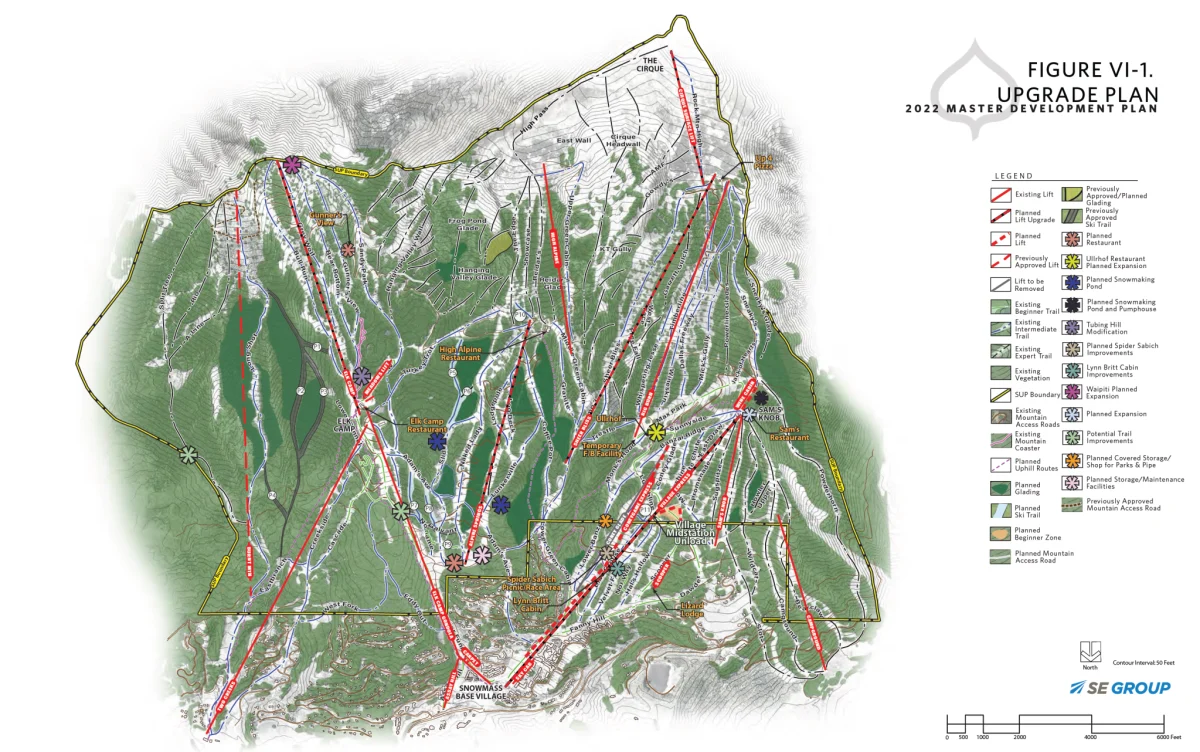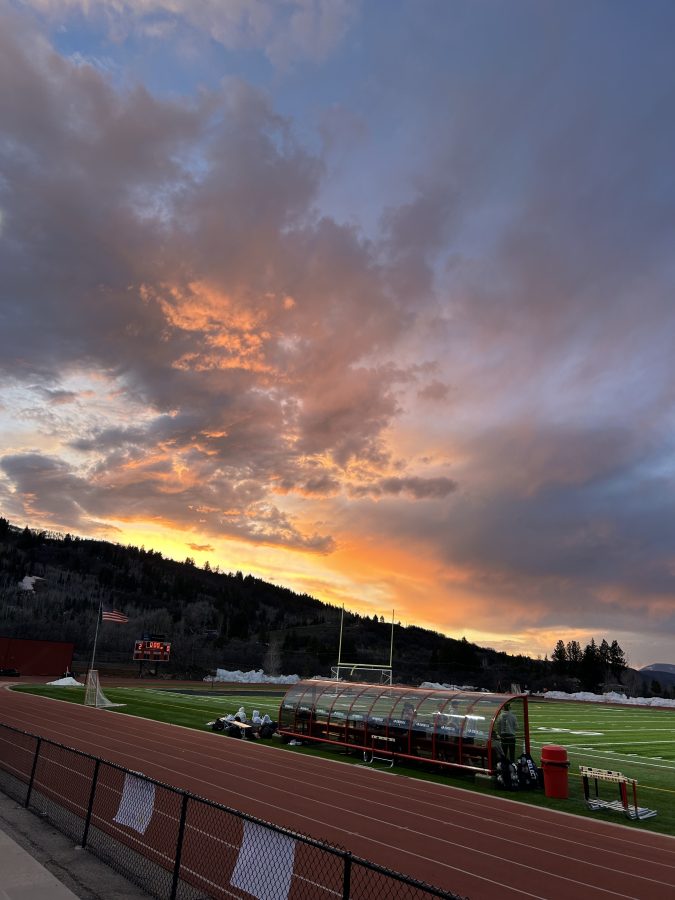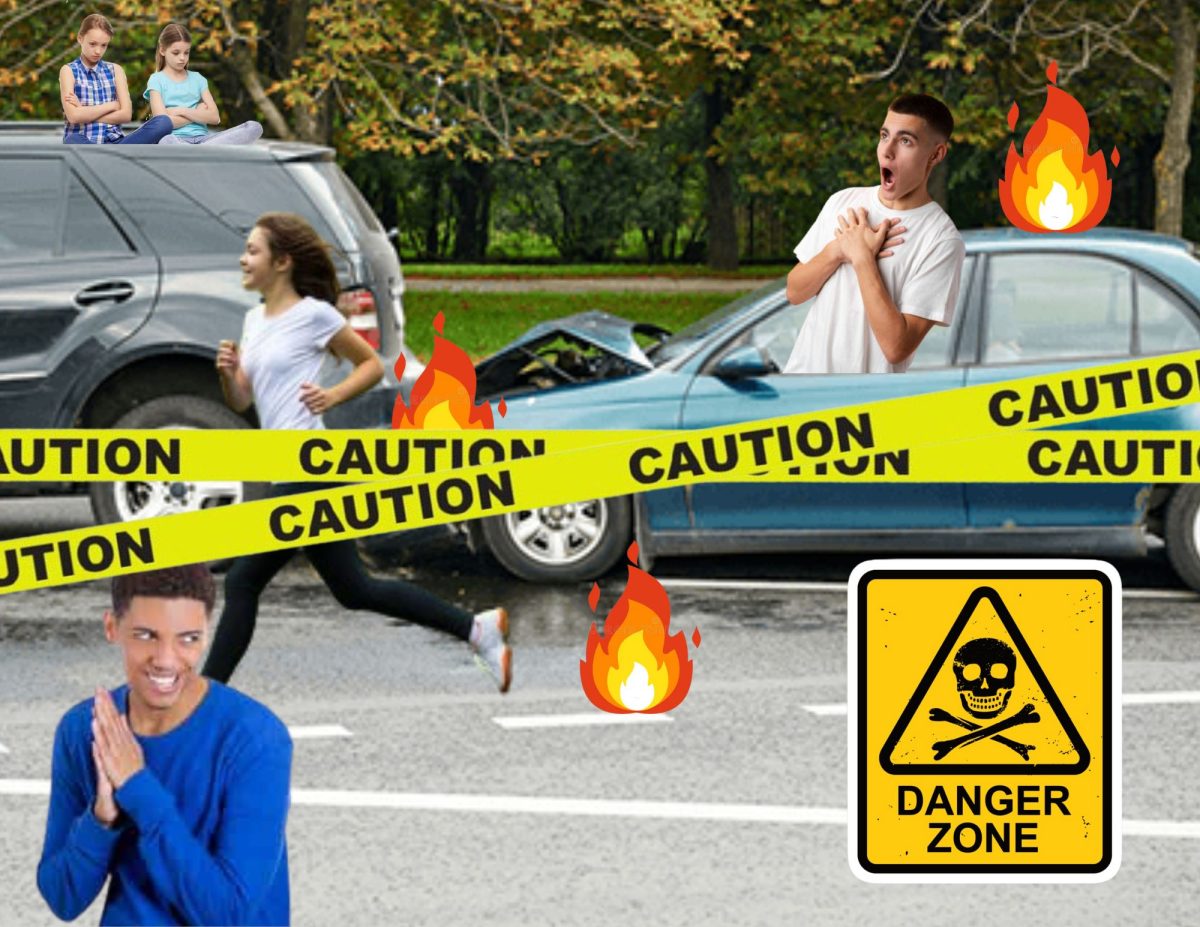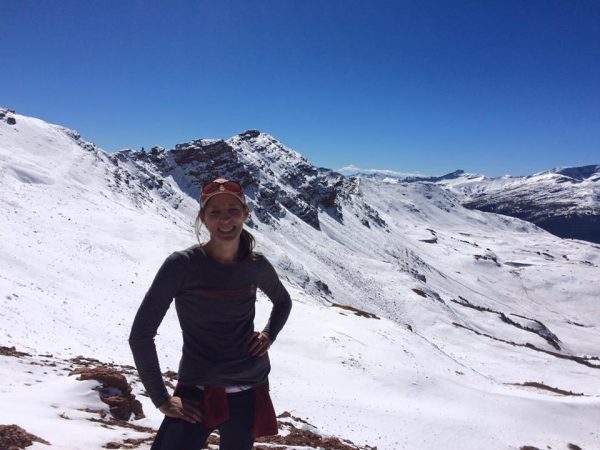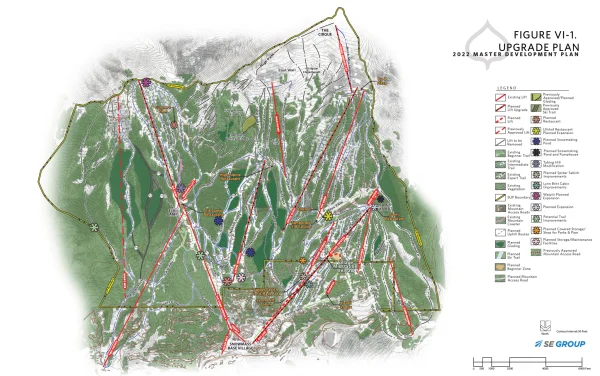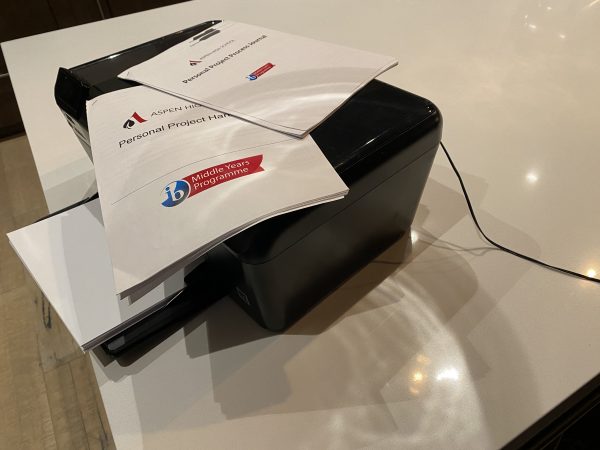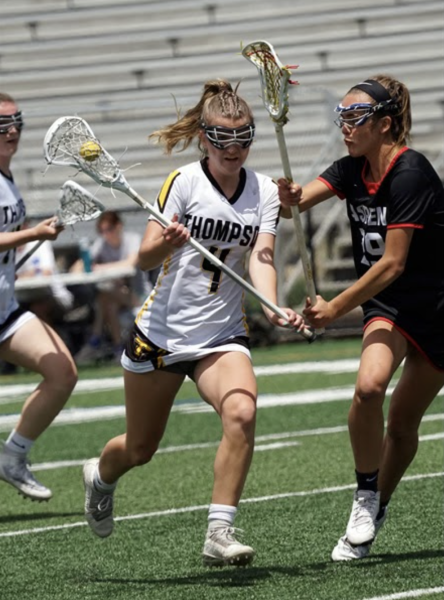Road Kill Protocol

Watch out for faces like these on the way to school.
During back to school season, it is mating season for animals—elk, moose, and dear—which means Aspen High School Students are driving to school through a potential breeding ground. With these busy roads, you may or may not be one in 306 Coloradoans to hit a four-foot, 300-pound deer, but it is still good to know the road kill protocol.
Grand View Outdoors says that 14 states have laws about road kill, one of which is Colorado.
In Montana, a person is allowed to take deer, elk, moose, or antelope if he or she possesses a salvage permit. And, crazy enough, 865 people were granted these permits the year after this law was passed.
“The no-cost protein helped feed hundreds of people. Montana state representative Steve Lavin, R-Kalispell, carried that state’s bill in the legislature,” Grand View Outdoors wrote. “‘In over 22 years with the Montana Highway Patrol, I can’t count the number of times I’ve come across vehicle crashes with wildlife and seen the animals wasted along the roadway. And Montana residents weren’t allowed by law to take the meat,’ he told the Free Beacon. ‘I’m very pleased that people are utilizing the new law and Montana families appear to be benefitting from what used to be illegal and wasteful.’”
In Nevada, Washington and California it is illegal to take road kill.
In Idaho, a person can take a dead animal if they get permission from Idaho Fish and Game.
Utah allows people to collect big-game road kill only.
Arizona grants permission to sate officials to collect meat on the side of the road for food for the Mexican Wolf.
Road kill in Alaska, Wisconsin, Florida, West Virginia, and Illinois (only in season though) is used by an individual or given to food charities.
As for Colorado, road kill situations are handled a little bit differently.
“If you are in a car and hit an elk, it is considered a traffic accident. Anyone involved should call the police/sheriff/CSP depending on jurisdiction. Use 911 if the driver thinks [he] should, i.e. if blocking traffic, someone is injured etc. Wildlife is considered State property,” Pitkin County Chief of Police Richard Pryor said.
Pryor also said that when the authorities arrive, they will put the animal down, dispose of it, or give the meat to ACES. These are the circumstances for severely injured or dead animals. If the animal was not badly injured in the collision, it will usually move on its own. Grand View Outdoors says that in Colorado, collecting road kill is only okay if a person gets a donation certificate or a Division of Wildlife tag; however, as Pryor said, the accident still has to be reported.
The Colorado Department of Transportation estimated that they saw 3,300 wildlife hits last year—51 of which occurred in Pitkin County. Pryor, however, says he sees only about four per year. Adding to the increased elk in the area, bears are also out and about looking to fatten up. Colorado Parks and Wildlife biologist Brian Drener says bears have a 20,000-calorie per day diet. Regardless of the circumstances, animal collisions do happen. So, if there is a large mammal in front of your car that you hit, follow the road kill protocol.



